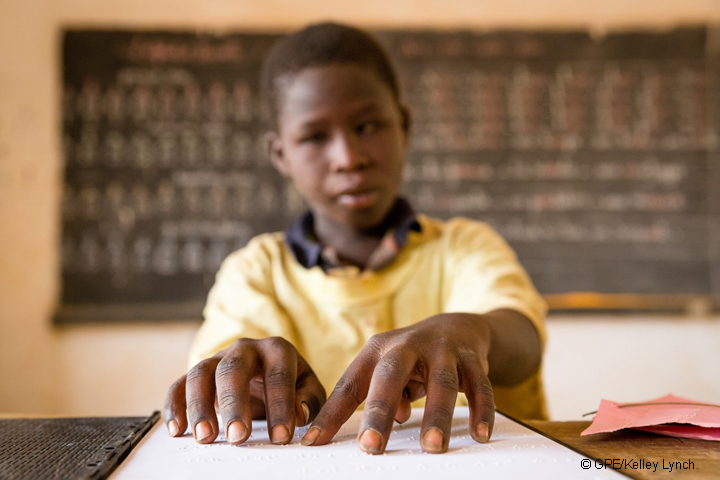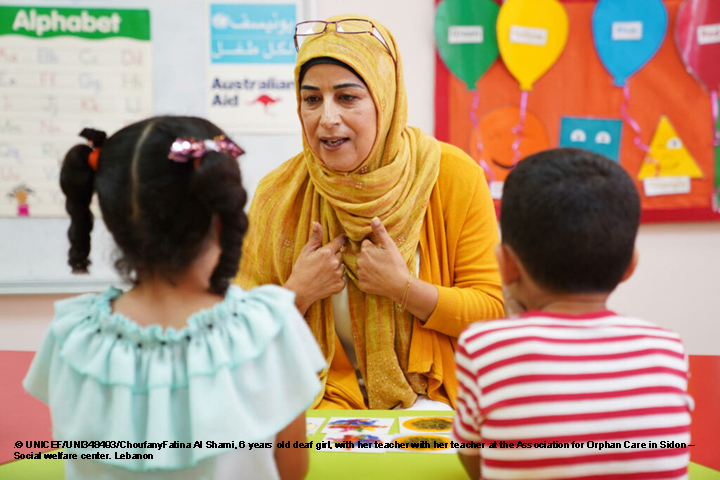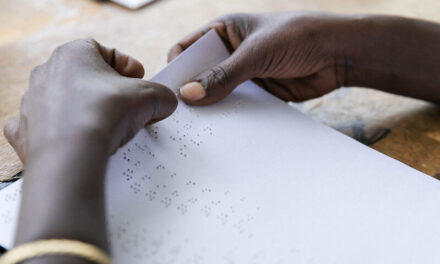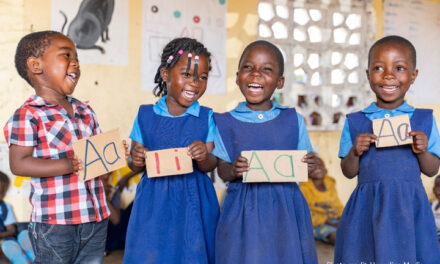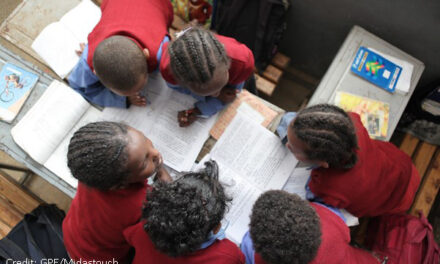This blog was written by Laura Savage, Deputy Team Leader, Education Research, UK Foreign, Commonwealth and Development Office; Matt Brossard, Chief of Education, UNICEF Innocenti; Nicolas Reuge, Senior Adviser Education, UNICEF’s Programme Division; Paul Coustere, Director, UNESCO’s International Institute for Educational Planning; and Raphaelle Martinez, Education Policy and Learning Team Lead, Global Partnership for Education. It was originally published on the UNICEF Evidence for Action website on 8 June 2021.
New methodological guidelines accelerate progress, and enable education systems to become more inclusive, resilient and effective.
Even before the COVID-19 pandemic, nearly half of the world’s children could not read and understand a simple text by the age of 10. Now, school closures implemented worldwide have exacerbated inequalities even further. The world must accelerate progress towards achieving global education goals, and get learning for all on track.
To do so, countries need to move towards more inclusive, resilient, and effective education systems, capable of putting forward sustainable solutions. While this is a major task, a new evidence-generating tool is now available to help governments better understand and analyze the political economy of education systems and transform them for the benefit of all children and youth.
The latest Education Sector Analysis: Methodological Guidelines – co-published by the UNESCO International Institute for Educational Planning, UNICEF, the Global Partnership for Education, and the Foreign, Commonwealth & Development Office – is the third volume in a series first published in 2014. More than 70 countries have used these guidelines to prepare, implement, and monitor their education sector plans.
This new volume can help governments tackle some of the major obstacles facing education systems today, from how to improve the effectiveness of the educational administration – from the central to local level – to how to galvanize all the relevant actors working in education around common solutions. They also cover how to advance inclusion, in particular for children with disabilities, and how to anticipate and address the hazards and risks that disrupt education the world over.
Children with disabilities are very often not even visible and left outside schooling while children in conflict settings are 30% less likely to complete primary and 50% less likely to complete lower secondary.
The guidelines are designed to strengthen national capacities to illuminate what is working – and not working – in education systems, and to create evidence-based policies to help each child and adolescent access their right to education and learning. Spanning four new chapters, the guidelines facilitate a system-wide diagnosis, adaptable to the unique context of each country, and advocates for pertinent data, strong analyses, and adequate levels of education financing.
Here’s a closer look at the issues this new publication aims to address:
Inclusive education for children with disabilities
Children with disabilities are one of the most excluded groups in education today. To turn this around, governments need robust information and rigorous analysis to strengthen decision-making and policy implementation. The guidelines can help decision-makers better understand the challenges of inequalities in access and learning, assess the delivery of educational services, enhance management efficiencies, and overcome demand and financing barriers.
Risk analysis for resilient education systems
From conflict, massive migration, environmental degradation, natural hazards, to pandemics, education systems are under increasing pressure. Yet, education also holds immense power to contribute to safer environments, peacebuilding, social cohesion, and resilience. To help education fulfil this role, the guidelines provide tools for identifying prevalent risks, gauging their often inter-related links with education, and selecting ways to ensure learning continues. This is especially relevant given the widespread disruption caused by the COVID-19 pandemic, and the guidelines provide concrete guidance for analzing the system with the goal to to adapt, mitigate learning loss, and build back better.
Effective educational administrations
An institutional analysis is an important first step to improving the educational administration’s performance – it helps identify both weaknesses and concrete answers to improve capacities, from the individual level through whole education systems. The guidelines propose new methods to conduct such an analysis and features insight on how to overcome technical and political challenges, such as how to ensure political acceptance, leadership, and the participation of the entire educational community.
Everyone on board
The Education 2030 Agenda outlines broad ambitions for education systems worldwide. The devastating impact of COVID-19 makes its goals for inclusive and equitable quality education all the more urgent. Yet, when different interests do not align, the delivery of educational services can suffer delays or become entirely jeopardized. To prevent this, the guidelines provide key concepts and tools to identify key problems and map stakeholders – from policy-makers to service providers and users – in education today – to identify their motivations, priorities, and roles and responsibilities in solving specific education issues. It goes beyond the usual process of diagnosing technical causes to examine in-depth how stakeholders interact to prevent policy blockages and advance on education goals.
Transforming education systems and re-imagining education is at the crux of these guidelines. It goes further than helping education actors examine how their sector performs. It lays the foundation for working together, for lasting change and progress.
Access Education sector analysis methodological guidelines volume1 and volume 2.

